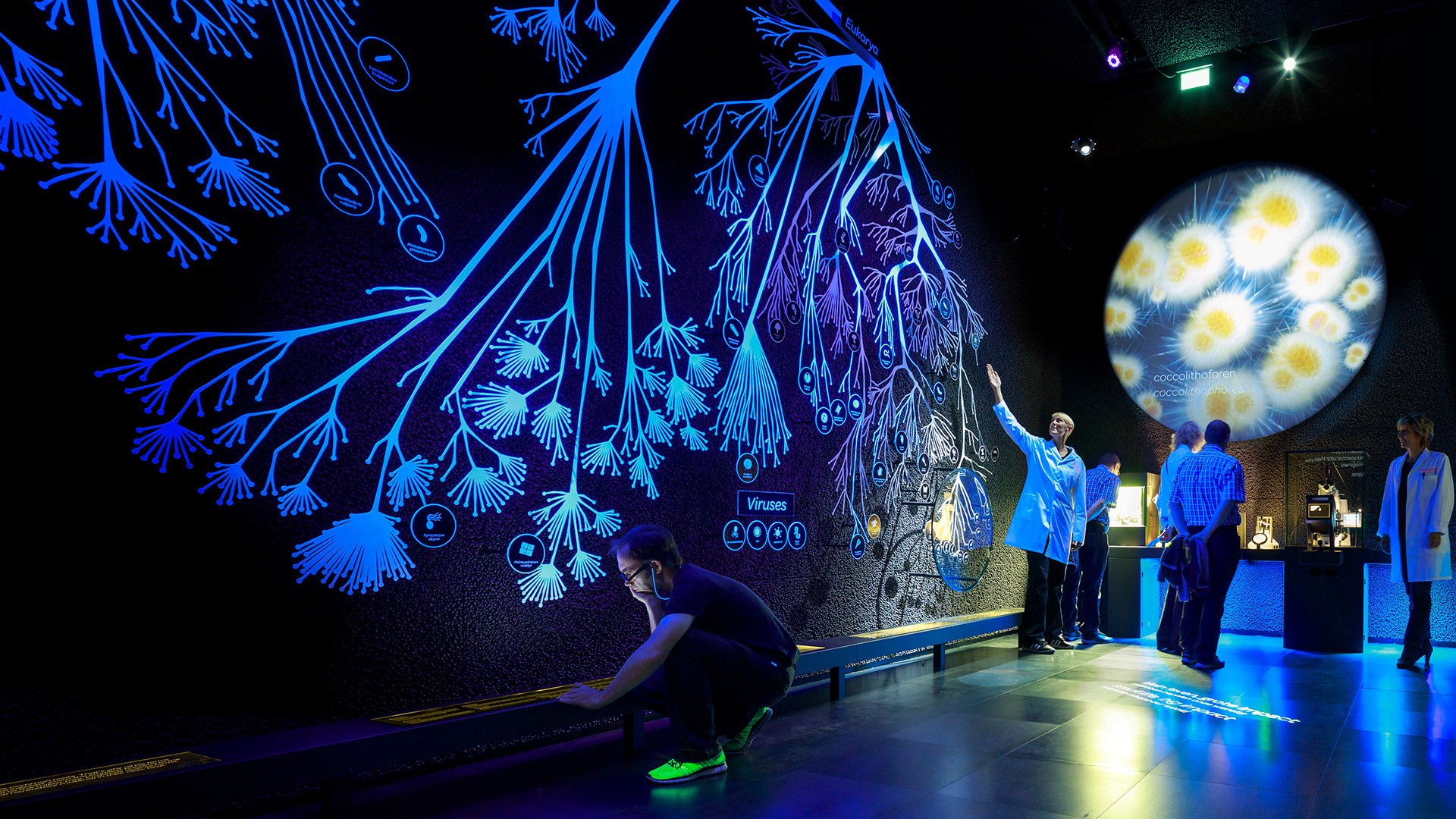8,000 new species
In the past, microbes were discovered mainly by culturing them in a laboratory. Microbes are difficult to culture in artificial circumstances though. Many microbes have very specific growth requirements that we are unable, or barely able, to mimic. For this reason, nowadays we mainly focus the microbes’ DNA. The new DNA technique developed by the Australian researchers makes use of so-called metagenomes, which enable research on a larger scale. For this research, a sample is taken from the environment, for example from a pond or from the ground under our feet. This sample contains the DNA of all the microbes present in that environment, and is analyzed as a whole.
The researchers used 1,500 existing samples to compile the genomes of 7,280 new species of bacteria and 623 new species of archaea. A number of these species turned out to be part of 17 previously unknown phyla. That’s impressive, especially when you consider that all animals that have a spine belong to a single phylum. By extrapolating this discovery, researchers are now estimating that the microscopic world’s diversity, which was already extensive, is another 10% bigger than previously thought.
New revelations
This discovery is shining new light on the evolution of life on Earth. The new species improve our understanding of why, for instance, certain evolutionary changes have taken place. And that’s not all. This discovery can also help in the development of new medications and antibiotics. The bacteria could even help us solve environmental problems, for example by breaking down plastic waste or producing sustainable fuel. Thanks to this research we have a better idea of the world of microbes. It does, however, show us how little we know. The next question is: how many species are still to be discovered?
Resource: Nature

